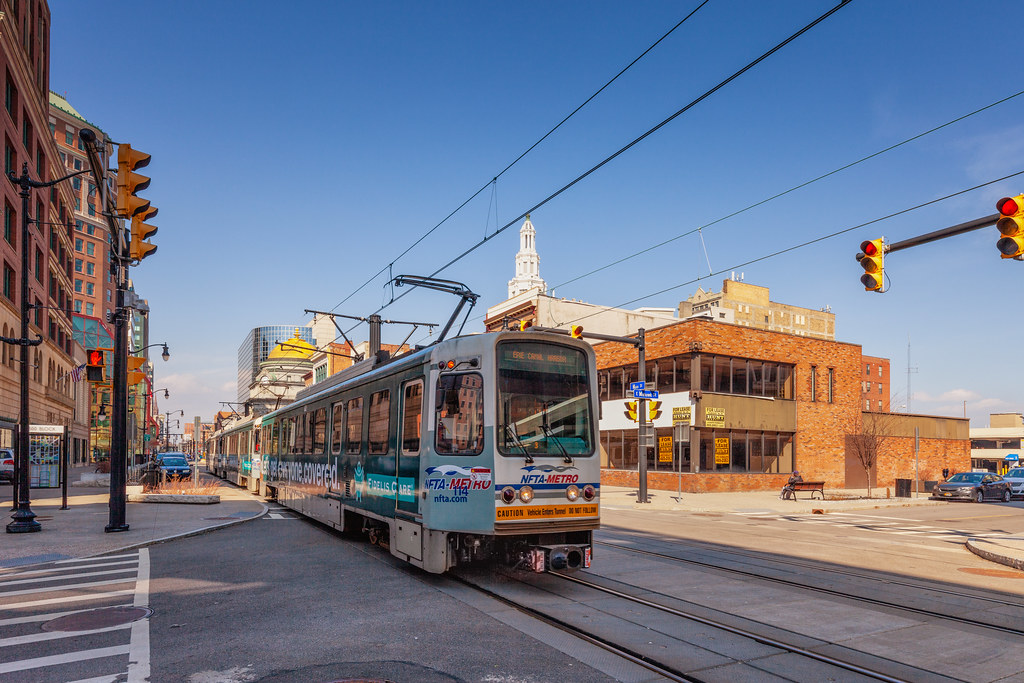The Buffalo Metro Rail system was implemented in the city of Buffalo, New York to provide an efficient and cost-effective public transportation option for commuters. The light rail line is operated by the Niagara Frontier Transportation Authority (NFTA), which runs within the city of Buffalo as well as to nearby suburban destinations such as Amherst. Since its inception, the Metro Rail has greatly increased access to key destinations throughout the city such as downtown Buffalo, medical centers, universities, and shopping areas.

The Buffalo Metro Rail system has provided a much-needed boost to the local economy by connecting people with employment opportunities in the city. Additionally, it has helped to reduce vehicular traffic on city streets, saving commuters time and money spent on fuel or parking. The system is also served by multiple bus routes that connect riders to key locations throughout the city, further increasing access to employment and activities.
The implementation of the Metro Rail has provided a number of environmental benefits as well, such as reducing air pollution from vehicular traffic. Additionally, it encourages people to use public transportation instead of individual cars or other modes of transportation, reducing the overall carbon footprint of the city.

Overall, the Buffalo Metro Rail system has been a great success for both commuters and the local economy alike. It has provided an efficient public transportation option that connects people with key destinations throughout Buffalo, while also providing numerous environmental benefits. The Metro Rail is sure to remain an important part of life in Buffalo for years to come.
